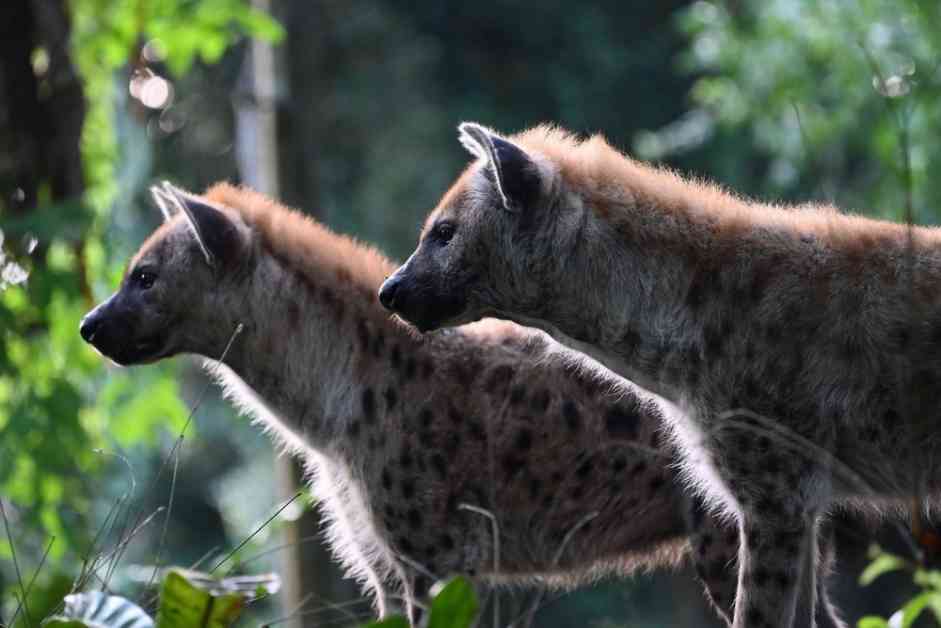Hyenas: More Than Just Misunderstood Dogs
When you see a hyena, it’s easy to mistake them for dogs. With their upright ears, social behavior, and loping gait, they share several characteristics with our canine companions. However, the reality is far more intriguing. Contrary to popular belief, hyenas are not closely related to dogs but are more akin to cats. In fact, the closest relative of the hyena is the mongoose, known for its feistiness in attacking animals much larger than themselves. You might recognize another mongoose species, the inquisitive meerkat, which shares a branch with hyenas in the animal kingdom.
A Closer Look at Hyenas: Not Dogs or Cats
Hyenas fall under the order Carnivora, which splits into two main groups: Caniformia and Feliformia. Caniforms exhibit more canine features, while feliforms lean towards cat-like characteristics. Within Feliformia, you’ll find Feloidea, which houses the Felidae family, including lions and tigers. On another branch lies Viverroidea, home to creatures like civets, and the group Herpestoidea, which houses the mongoose and hyenas. These groupings have evolved over the years, transitioning from morphology-based classifications to more accurate DNA-based categorizations.
Hyenas, as a whole, are carnivorous mammals, with the spotted hyena being the most recognizable among the four species. The Aardwolf, the smallest in the group, further blurs the line between hyenas and canines. Although their ears might suggest a close relationship with dogs, the African Wild Dog is the only true member of the canid family, emphasizing the importance of not judging a book by its cover.
What Defines Hyenas?
So, if hyenas aren’t dogs or cats, what are they? These carnivorous mammals, closely related to mongooses and fossas, are formidable hunters and scavengers. While the Aardwolf mainly feeds on insects, other hyena species have a far less selective palate. Despite their intimidating appearance, hyenas exhibit highly social behavior within their clans, favoring group stability over individual success, with a female-dominated hierarchy that ensures cohesion.
Can You Keep Hyenas as Pets?
You might have come across images of people walking hyenas on leashes, but this is far from advisable for several reasons. Hyenas are wild animals, untamed and untameable, with no history of domestication. Their powerful jaws, with a biting force equivalent to a Great White Shark’s, make them unsuitable as pets. Moreover, their pack-oriented nature would lead to immense stress and danger if kept outside their natural habitat.
Interesting Hyena Facts: Unveiling Their Intriguing Nature
Hyenas live in matriarchal societies, with females playing a dominant role within medium to large clans. The complex pecking order within these groups, favoring stability over competition, showcases a unique social structure. Interestingly, female hyenas exhibit morphological characteristics that closely resemble males, challenging traditional gender roles in the animal kingdom.
In Conclusion
While hyenas may not be the most conventionally attractive animals, their quirky personalities and intricate family dynamics make them truly captivating creatures. Observing them in their natural habitat sheds light on their fascinating lives, showcasing a world where gender roles and social structures defy conventional norms. So, next time you encounter a hyena, remember that there’s far more to this misunderstood animal than meets the eye.
The captivating nature of hyenas transcends their unconventional appearance, making them a species well worth exploring in the vast tapestry of the animal kingdom.





















